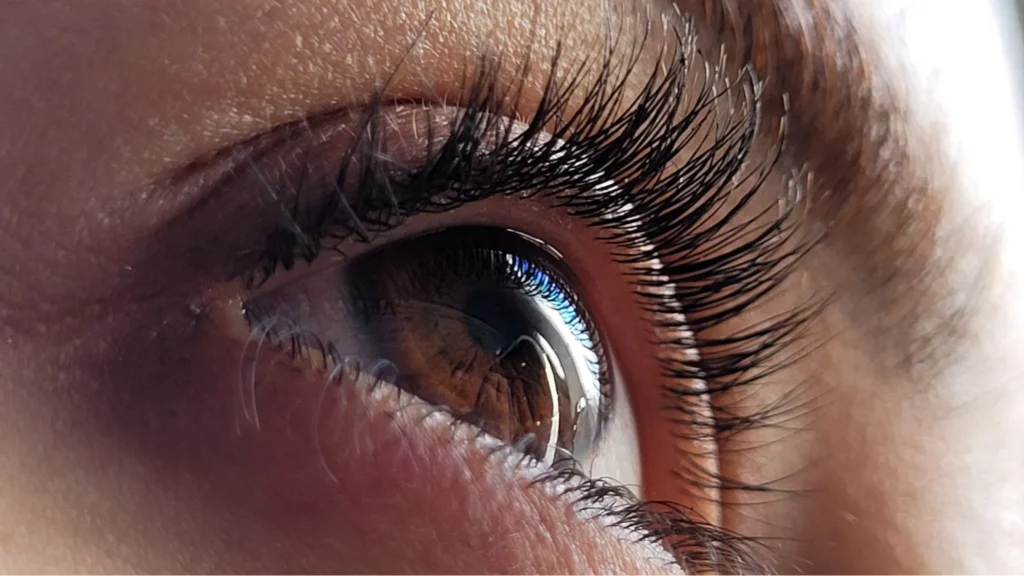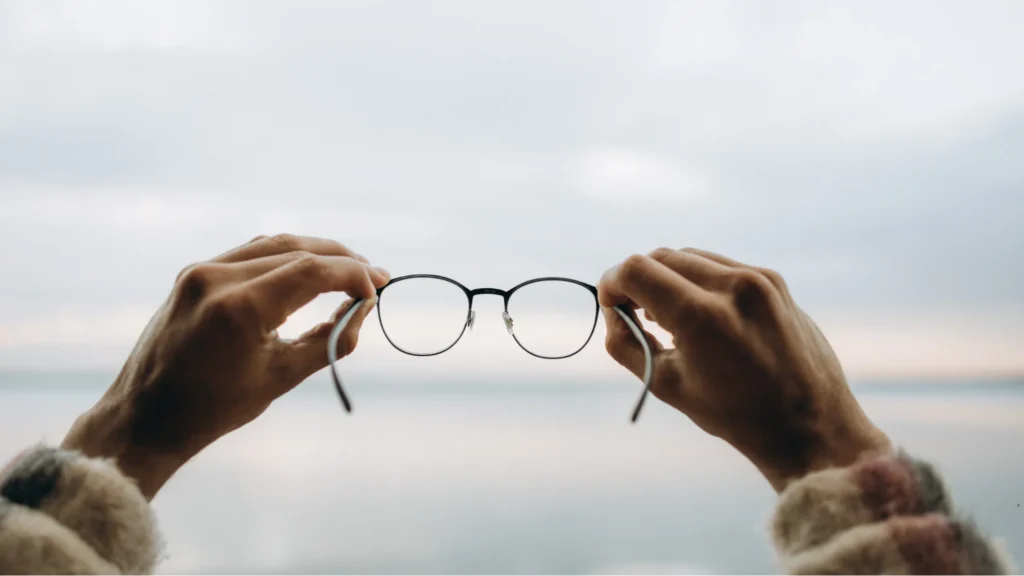Imagine waking up one day and struggling to read the morning news on your phone. Or losing your confidence behind the wheel because the road signs blur at a distance. These fears are real for anyone noticing changes in their sight, whether you’re managing diabetes, clocking long hours in front of screens, or spending time outdoors without proper protection. At LMC Optometry & Eye Care, we get it. You want to preserve your vision and independence, but with so many warnings out there, it’s hard to know what really matters.
In this post, you’ll learn the top risk factors for vision loss—those things that quietly chip away at your eyesight over time. We’ll break down the causes of vision loss, highlight key eye disease risk factors like diabetic retinopathy and glaucoma, and show simple steps you can take today to protect your eyes. By the end, you’ll have a clear roadmap for keeping your vision sharp, safe, and strong well into the future.
1. Chronic Diseases That Threaten Your Eyes
Chronic conditions don’t just tax your overall health—they can target your eyes, too. Managing these early can save you from serious vision problems down the road.
Diabetes and Diabetic Retinopathy Risk
High blood sugar wears down tiny blood vessels in your retina, causing them to leak fluid or bleed. Over time, this leads to diabetic retinopathy—the main cause of vision loss in working-age adults. You might not notice symptoms until damage is advanced: floating spots, blurred patches, or even sudden vision loss.
Tip: Get a dilated eye exam at least once a year. We can spot changes early, when treatments like laser therapy or injections work best.
High Blood Pressure and Eye Damage
When your blood pressure stays too high, it strains those same retinal vessels, narrowing or bursting them. You could end up with hypertensive retinopathy, marked by flame-shaped hemorrhages or cotton‑wool spots on a retinal scan. Left unchecked, it can cause permanent scarring.
Tip: Keep your blood pressure in a healthy range through diet, exercise, and medication. Let your doctor know you want regular retinopathy screenings, too.
2. Age-Related Eye Disease Risks
As we get older, certain eye diseases become more likely. Knowing your risks helps you watch for warning signs and act fast.
Glaucoma Risk Factors
Glaucoma often sneaks up with no pain or obvious symptoms. It raises intraocular pressure and slowly damages the optic nerve, leading to irreversible peripheral vision loss. Age over 40, family history, and African or Caribbean ancestry increase your odds.
Tip: Book yearly intraocular pressure tests (tonometry) and optic nerve scans. Early treatment—drops or minimally invasive surgery—can halt progression.
Macular Degeneration Risk
Age-related macular degeneration (AMD) attacks your central vision, making faces or fine print look warped or dark. Smokers face double the risk, and a diet low in antioxidants doesn’t help.
Tip: Ditch cigarettes, boost your intake of lutein and zeaxanthin—found in spinach and kale—and get regular macula checks. Supplements with vitamins C, E, zinc, and copper can support your macula’s health.
3. Lifestyle Choices That Harm Vision
Your day-to-day habits have a big impact on how long you enjoy clear vision. A few tweaks now can pay off later.
Smoking and Eyesight Decline
Each cigarette floods your body with free radicals that damage ocular tissues. Smoking raises your chances of cataracts, AMD, and optic nerve damage.
Tip: Quitting is your best move for eye health. Ask us about local cessation programs in Barrie, Brampton, or Thornhill for extra support.
Obesity and Poor Nutrition
Carrying extra weight and eating processed foods set the stage for inflammation throughout your body, eyes included. That ups the risk of diabetic retinopathy and AMD.
Tip: Fill your plate with colourful fruits, oily fish, nuts, and leafy greens. Omega‑3s in salmon and flaxseed feed your retina, while antioxidants from berries fight harmful oxidation.
Screen Time and Blue‑Light Eye Strain
Spending hours staring at screens dries your eyes, blurs your vision, and triggers headaches. Over the years, blue light exposure may accelerate age‑related changes.
Tip: Give your eyes a break with the 20‑20‑20 rule: every 20 minutes, look at something 20 feet away for 20 seconds. Consider blue‑light blocking lenses if you’re glued to a monitor all day.
4. Environmental and Occupational Hazards
Whether you’re in the sun, on a construction site, or in a lab, your surroundings can threaten your vision in a flash.
UV Damage to Eyes
UV rays can burn your cornea and lens, raising your cataract risk and causing pterygium (“surfer’s eye”) growth on the white of your eye. Even on cloudy days, UV exposure adds up.
Tip: Wear sunglasses that block 100% UVA/UVB rays and a wide-brimmed hat every time you step outside. Whether you’re contending with Thornhill’s summer glare or Barrie’s winter snow, keep your eyes shielded.
Trauma‑Related Eye Injury
A stray nail, lab splash, or wayward hockey puck can shatter your cornea or detach your retina in an instant.
Tip: Always suit up with ANSI-rated safety goggles or full-face shields for high‑risk tasks. Even yardwork or home renovations deserve proper eye gear.
5. Genetic and Family History Factors

Some eye conditions run in families. While you can’t change your DNA, you can change how often you check in with your eye doctor.
Hereditary Eye Conditions
If close relatives have glaucoma, AMD, or retinitis pigmentosa, your odds climb significantly. Sometimes symptoms pop up years earlier than in other patients.
Tip: Tell us about any family history of vision problems. We might recommend screenings starting a decade before a relative’s diagnosis age.
Uncorrected Refractive Error Risk
Skipping prescription updates forces your eyes to strain, leading to headaches, blurred vision, and even amblyopia (lazy eye) in kids.
Tip: Keep up with regular eye exams. Kids need checks at age 1, again at 3, and before school starts. Adults under 45 should go every two years, then switch to annual exams.
6. Early Signs You Shouldn’t Ignore
Catching trouble early is key. These warning signs merit an extra‑urgent trip to your optometrist.
- Floaters or Flashes: A sudden shower of floaters or flashes could mean a retinal tear.
- Persistent Blurriness: When new glasses don’t clear things up, something else could be off.
- Halos Around Lights: Rings or glare at night often warn of glaucoma or cataracts developing.
- Eye Pain or Pressure: Any sharp or persistent pain shouldn’t wait. It can signal infection or acute glaucoma.
- Dry, Gritty Sensation: Chronic dry eye can scratch your cornea if untreated.
7. Building an Eye‑Safe Routine
Protecting your vision isn’t a one‑time thing—make these habits part of your daily life:
- Schedule Regular Exams: Mark your calendar today. Routine checks catch issues before you notice them.
- Protect from UV & Blue Light: Sunglasses outdoors. Blue‑light filters or glasses are used indoors.
- Break Up Screen Time: Set timers, use eye drops, and tweak your lighting.
- Eat for Your Eyes: Load up on omega‑3s, vitamins A, C, E, lutein, and zeaxanthin.
- Live Healthy: Kick smoking, manage your weight, and keep chronic diseases in check.
- Gear Up: Wear proper eye protection for sports and work.
8. Q&A: Your Vision Loss Concerns Answered
What’s the top preventable risk for vision loss?
Smoking and uncontrolled diabetes lead the list—kicking cigarettes and keeping blood sugar in range protect your eyes fast.
How often should people over 40 get an eye exam?
Once a year. If you’ve got a family history or chronic disease, aim for every six months.
Can blue‑light blocking glasses really help?
Lots of folks swear by them. They cut screen glare, ease eye fatigue, and help you wind down at night.
Are sunglasses necessary on cloudy days?
Yes—UV rays slip through clouds and bounce off snow or water. Quality UV‑blocking sunnies are a must.
Which foods give the biggest vision boost?
Leafy greens, oily fish, nuts, eggs, and berries. They pack antioxidants and healthy fats that feed your retina.
Taking Charge: Your Next Steps to Stronger Vision
Vision loss sneaks up, but now you’ve got the tools to fight back: manage chronic disease, shield against UV and blue light, eat smart, and stay on top of routine exams. At LMC Optometry & Eye Care, we’re here to guide you—no jargon, no scare tactics, just honest, practical advice for keeping your eyes in top form.
Ready to take charge of your eye health? Book your comprehensive exam with us today and get a personalized plan to safeguard your vision before it’s too late. Your future self will thank you.



